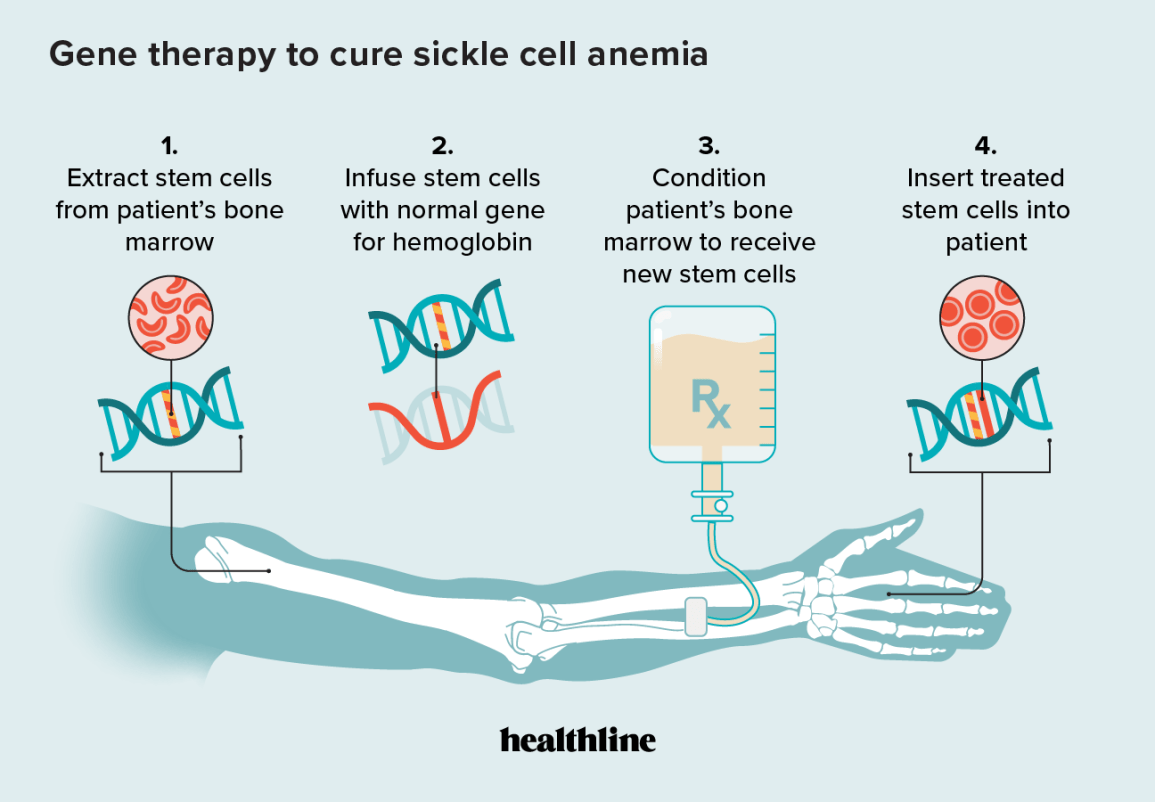HUG: The Cure for Sickle Cell Anemia
Written by Ayebamiebi Yousuo
Traditionally, Sickle Cell Anemia could not be cured, it could only be managed.
But as research on a curative procedure for Sickle Cell Anemia continued, a cure has been found, and with better policies to make these treatments affordable, the future holds promise for those with Sickle Cell Anemia and Sickle Cell Trait.
WHAT IS HUG?
It is a mnemonic for:
Hematopoietic Stem Cell Transplantation(HSCT)
Mobilization and Collection of Hematopoietic Stem Cells(HSCs) from a matching donor.
Immunosuppression of the receiving patient by either Myeablation or Reduced Intensity Conditioning(RIC) regimens.
Transplantation of the collected HSCs.
Engraftment and Restoration of the hematopoietic activity of the bone marrow.
Umbilical Cord Blood: this was discovered in a quest to expand the availability of hematopoietic stem cells (HSC). With HSCT, there is only a 16% - 20% probability of getting a matching HLA(Human Leukocyte Antigen) sibling, but by getting HSC from umbilical cord blood, stem cells became more readily available. But this also has its challenges as there is a higher risk of graft-versus-host disease (GVHD) and it is sufficient in quantity for an adult, as only a small amount of HSCs can be gotten from the umbilical cord blood.
3. Gene Therapy: this has to do with repairing the gene and replacing the HSCs with defective genes with the new HSCs having the repaired gene.
Conclusion
The Future is here, and with more research, the right resources, and the right policies to tackle Sickle Cell anemia, it won't be a dreadful condition, and the great turmoil of crises that accompany it can finally be curbed.
References
Gardner, R. V. (2018, December 21). Sickle cell disease: Advances in treatment. Ochsner Journal. https://www.ochsnerjournal.org/content/18/4/377.short
Written by Ayebamiebi Yousuo from MEDILOQUY


